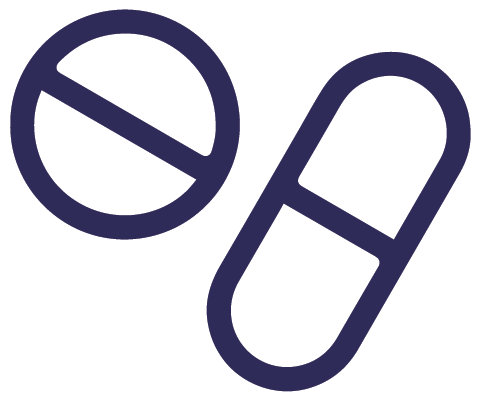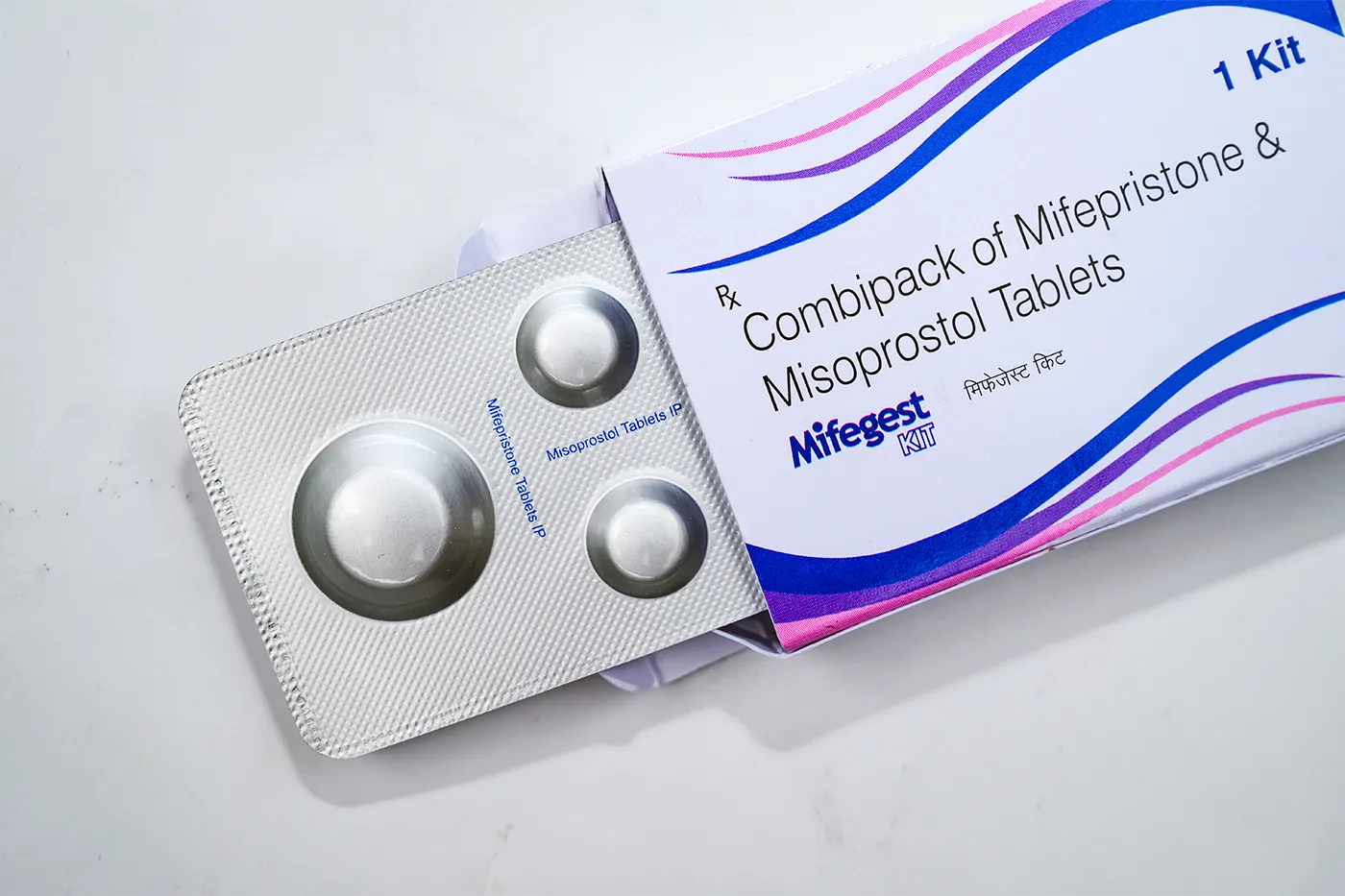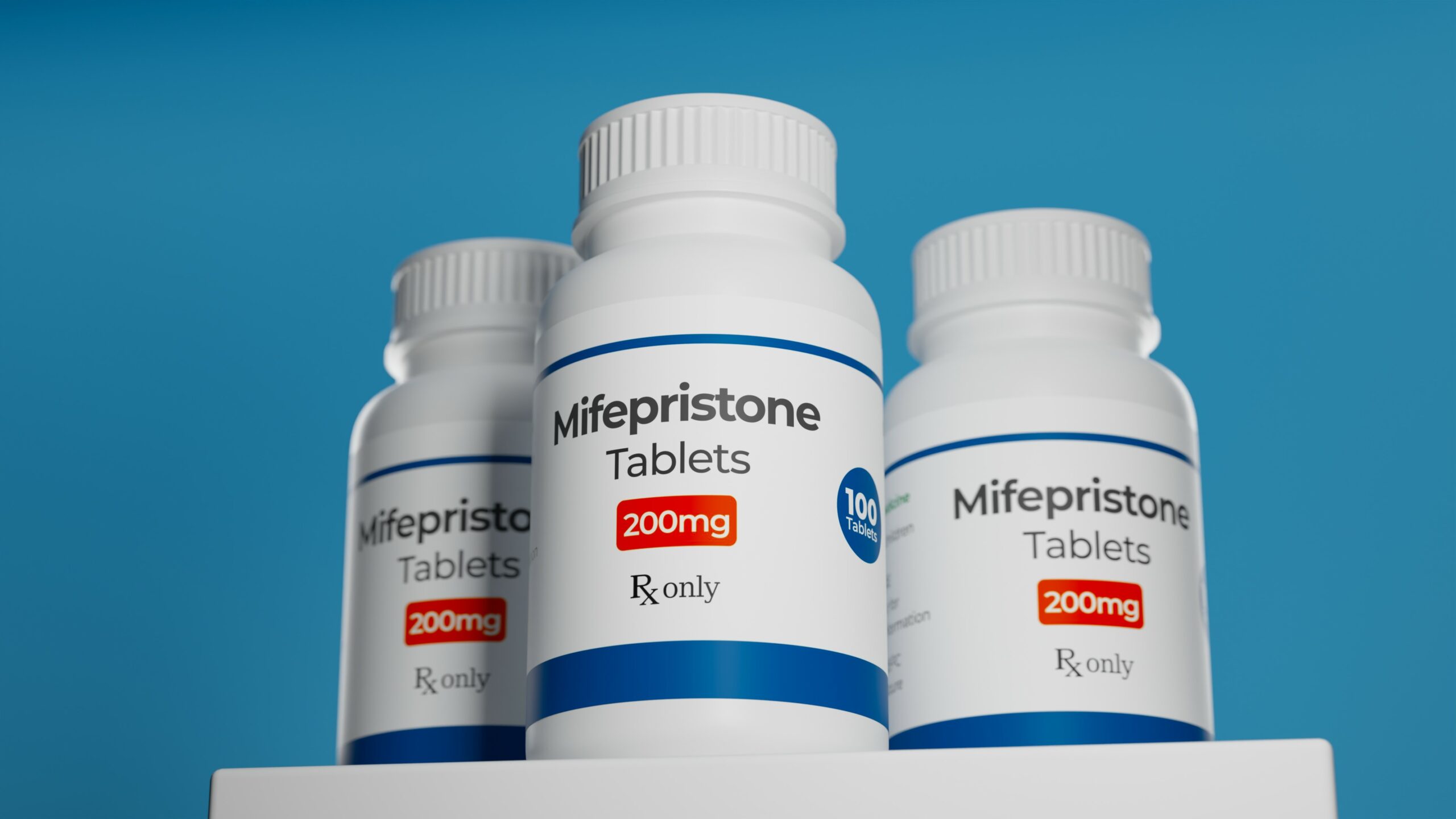Strategy
Counter the lie that using abortion pills is easier and safer than taking Tylenol. Promote the fact that the abortion pill process can be reversed prior to taking the second pill.
Tactics
These are the actionable points that you can use to spread truthful information about the abortion pills.

Highlight the Negative Impact on Women
Highlight the negative impact of abortion pills on women’s physical, emotional, and spiritual health to discourage people from promoting them as a simple, effective way to end a pregnancy.
Raise Awareness about the Impact on Environment
Raise awareness about the environmental impact that is happening due to fetal remains being flushed down toilets as part of the consequences of using the abortion pill to end a pregnancy.

Spread the Word About Abortion Pill Reversal
Share information about the Abortion Pill Reversal process that has saved more than 3,000 babies’ lives.
.
About Abortion Pills
The abortion pills are actually two different medications, the first one taken is a 200 mg dose of Mifepristone (the generic name is Mifeprex). Mifepristone blocks the progesterone hormone that generates the nutrients needed to feed and sustain the baby’s life in the womb. Blocking the hormone, in essence, starves the baby and it dies in the uterus. The second drug, Misoprostol causes the uterus to start contractions to expel the baby, typically into a toilet.
Obviously for the baby, abortion pills are never safe as they end his or her life. For the woman, abortion pills seem like a simple way to end a pregnancy – pop a few pills and make an unwanted pregnancy go away. It is important to understand and appreciate the fear and uncertainty felt with an unplanned pregnancy, especially if young and unmarried.
Abortion providers make using the abortion pill even more convenient by prescribing the pills through telemed services, but without seeing a doctor, abortion pills can be even more dangerous. The purpose of seeing a doctor is two-fold, first to rule out an ectopic pregnancy, which can only be done using an ultrasound. Abortion pills are not effective to end an ectopic pregnancy, and sadly death can occur if an ectopic pregnancy isn’t properly treated. Second, to determine if she is one the 15% of women that has RH negative blood, if so, she will need an Rh immunoglobulin injection after the abortion to prevent complications with future pregnancies. You can find additional details on RH issues here: https://lozierinstitute.org/fact-sheet-rh-d-isoimmunization/
There is also a pending lawsuit questioning how the Food and Drug Administration (FDA) has changed rules about the use and distribution of abortion pills. Learn more here: AHM v. FDA lawsuit https://lozierinstitute.org/what-is-the-truth-about-the-alliance-for-hippocratic-medicine-v-u-s-food-and-drug-administration-lawsuit/
Mifepristone is manufactured by DANCO. A recent investigation revealed that Danco failed to pay the required Customs Duties and had to reimburse the U.S. government $765,000.

Tactic #1: Highlight the Negative Impact on Women
- Trauma: for the woman as she becomes the abortionist, and her home becomes the clinic where the procedure occurs. It can very painful, with excessive bleeding, often the woman sees baby when it is expelled, before it is flushed down the toilet.
- Physical Impact: Women are suffering from hemorrhaging, anemia, and uterine infections. In about 2 to 7% of these cases, the abortion pills don’t complete the abortion, when this happens, the woman must go through surgery to complete the abortion and to remove the remaining tissue and baby. If there are remains in the woman’s uterus for weeks or months, it can build up uterine scar tissue, which can cause future pregnancy complications or even infertility.
- Data: Approximately 26 women have died from abortion pill complications and a peer-reviewed study of 423,000 taxpayer-funded abortions found that abortion pill related emergency room visits increased 507% from 2002 to 2015.
Additional Resources/Links
Abortion Pill Complication Research:
- This important study, “The Abortion Pill Harms Women”, reveals the serious adverse events from abortion pills are approximately 22 times more frequent than the Food and Drug Administration (FDA) currently recognizes.
- More than 10,000 UK Women Hospitalized in 2020 After Injuries from Dangerous Abortion Pill – Life News
- Public Health Threat: Chemical Abortion Leads to Significantly Higher Rate of ER Visits – Lozier Institute
- Facts and Risks of Chemical Abortions – Lozier Institute
- Chemical Abortion Harms Women
- https://journals.sagepub.com/doi/full/10.1177/23333928211053965
- https://www.littlepillsthatkill.com/
- https://washingtonstand.com/news/vast-majority-of-abortion-facilities-illegally-dispense-abortion-pill-report
- The Abortion Pill Harms Women
Testimonies:
- Silent No More Awareness Campaign (Click “Chemical Abortion” and search).
- This is Chemical Abortion – website
- “I Saw My Baby.” – news report
Chemical Pill Pain:
26 total Deaths from Abortion Pills
- FDA Report
- Botched Abortions Killed Three Women in Indiana Last Year; Two from Safe Abortion Pills – Life News article
- Doctors Tell SUpreme Court: Ban Mail Order Abortions – Life News article
Podcast from Life Issues Institute:
Chemical Abortion: The Truth Uncovered – Buzz Sprout
Podcast: Description: Brad and Victor discuss the horrifying truth of chemical abortions with special guest Elizabeth Gillette boldly sharing her personal story of deceit and coercion at the hands of Planned Parenthood, and her traumatic experience taking the chemical abortion drug. Dr. Christina Francis shares need-to-know details on what these drugs are, and exactly how they work to kill the child. With estimates that chemical abortion makes up for 70% of all abortions in the United States, legal expert Eric Baptiste shares details surrounding the ongoing legal battle that could unravel the entire chemical abortion industry.


Tactic #2: Raise Awareness About the Impact on the Environment
- Women who take these drugs complete the abortion process at home, which results in the contents of the uterus being flushed down toilets, releasing pathological waste from each abortion into wastewater systems nationwide. Recognizable human fetal remains are now found in wastewater.
- “Pathological Waste” is the technical term for medical waste, which includes fetal remains, body parts, organs, or other tissues from a pregnancy. “Wastewater” is used water that comes from ordinary living processes like flushing the toilet or bathing. Wastewater is commonly treated and then becomes potable water that is used in homes. Alternatively, wastewater becomes part of the groundwater if it goes into septic systems or cesspits. Pathological Waste disposal into wastewater is prohibited almost universally, as it has significant negative health implications.
- According to Students for Life’s Citizen Petition #3, “The FDA did not conduct sufficient advanced studies on the impact Mifepristone could have on the nation’s water supply when the Mifepristone regimen was approved for women and girls in 2000. In the lead up to 2000 approval, the FDA reported that there would be high standards for disposal related to Mifepristone. This has not been the case.… Mifepristone and fetal remains in wastewater have impacts beyond humans and onto animals and plants. The EPA acknowledges that pharmaceuticals and human remains can impact the fertility of animals and fish. Mifepristone in wastewater is distinct from a natural spontaneous miscarriage, as the products of Mifepristone are chemically tainted with this drug.”
Tactic #3: Spread the Word About Abortion Pill Reversal
More than 3,000 baby’s lives have been saved using large doses of Progesterone, taken within 48 hours of taking the first abortion pill, to reverse the impact of Mifepristone.
If a woman takes the first dose of Mifepristone and changes her mind about the abortion, she can contact a doctor through the Abortion Pill Reversal program and they will administer a mega-dose of Progesterone. Progesterone is the natural hormone in a woman’s body that is necessary to nurture and sustain a pregnancy. The first pill in the abortion pill regimen blocks Progesterone’s actions. By giving extra Progesterone, the hope is to outnumber and outcompete the first abortion pill in order to reverse the effects and provide an opportunity to save the pregnancy. The Progesterone must be administered within 48 hours of taking the first pill.


